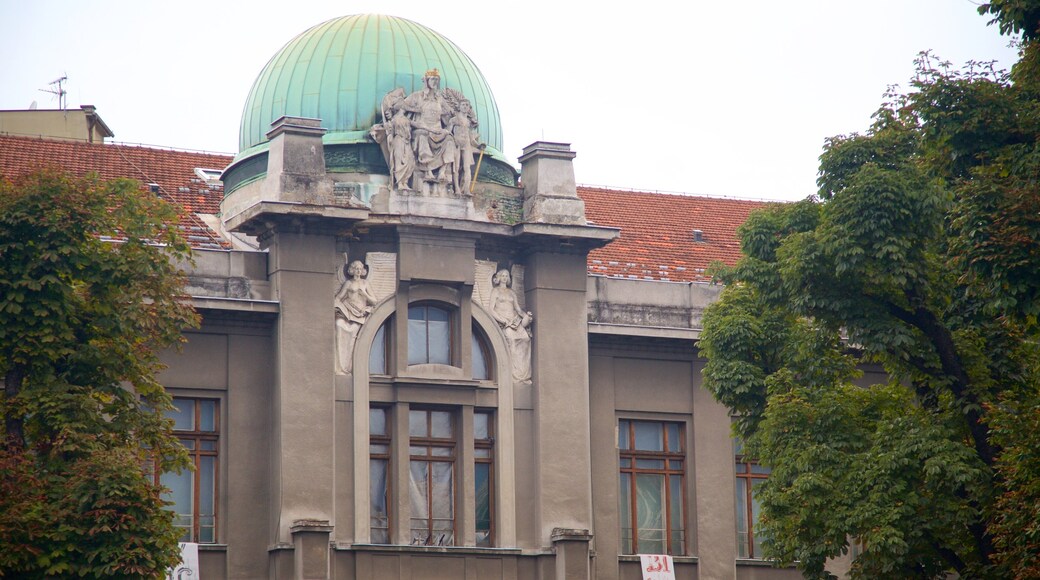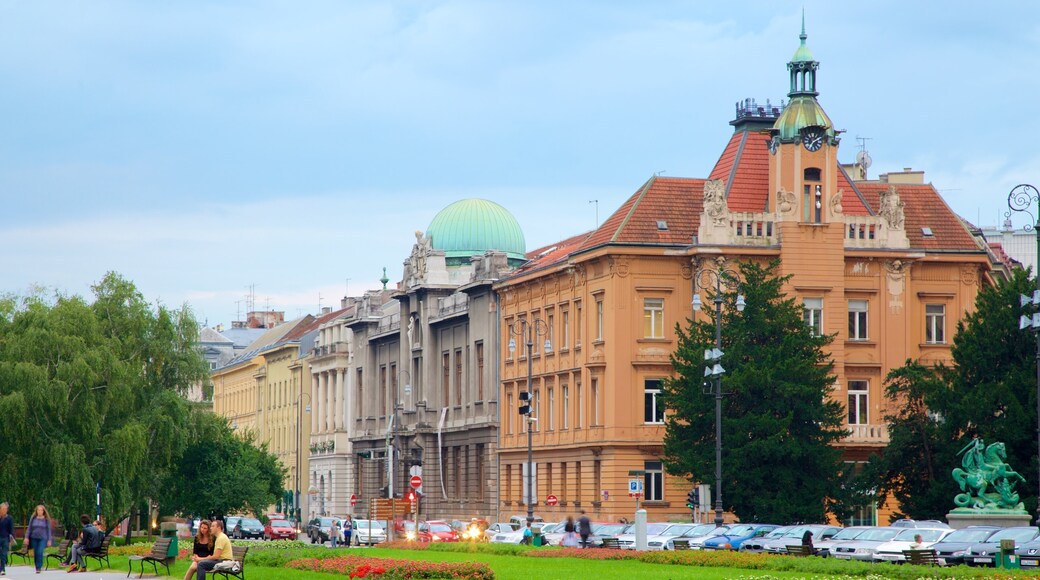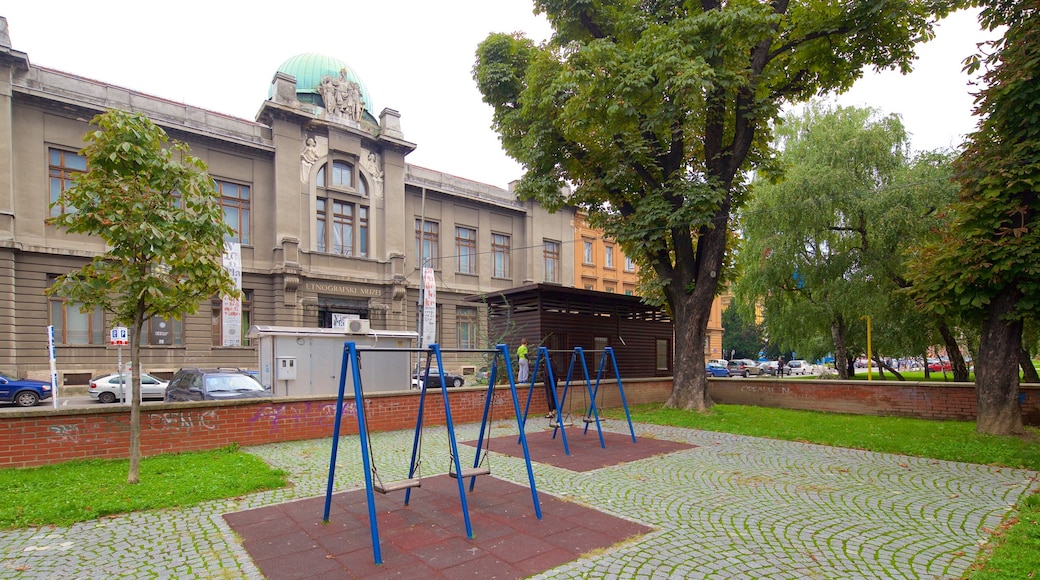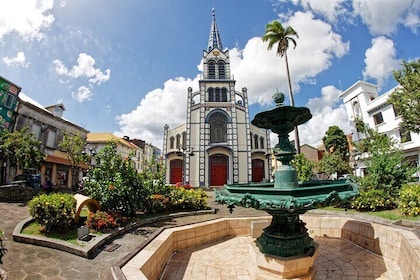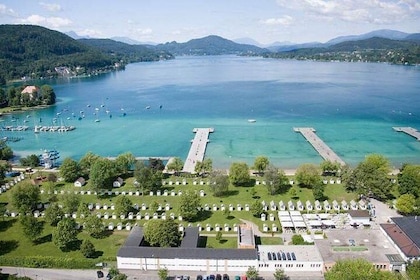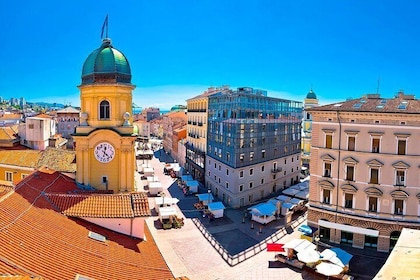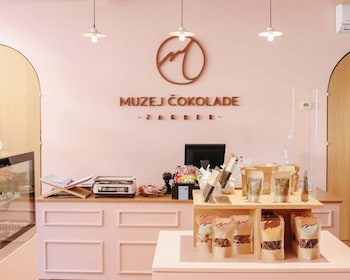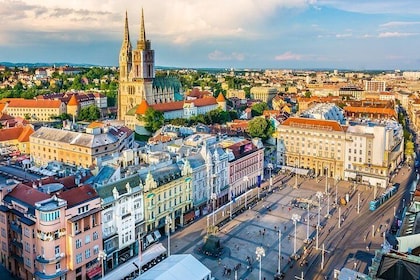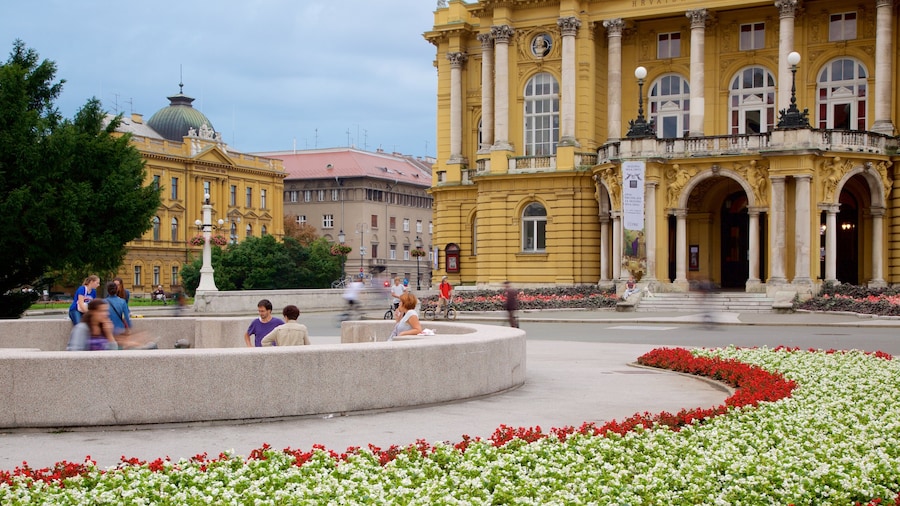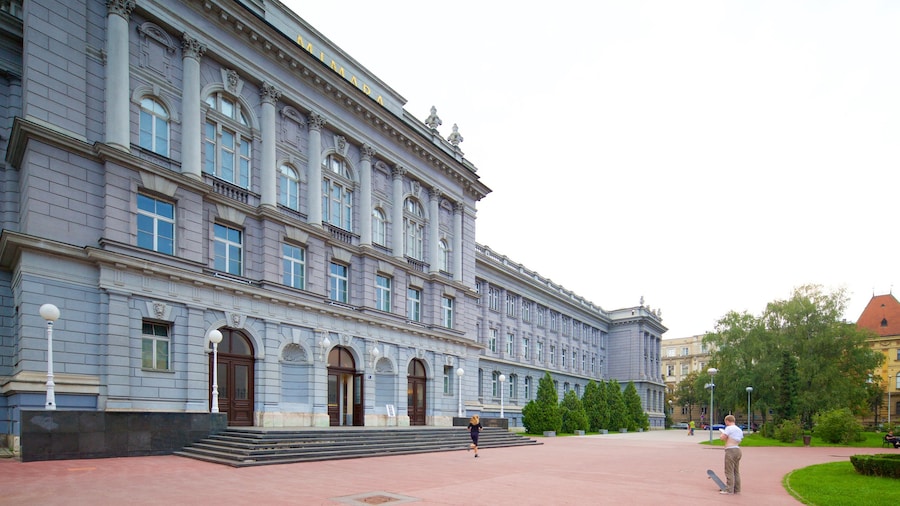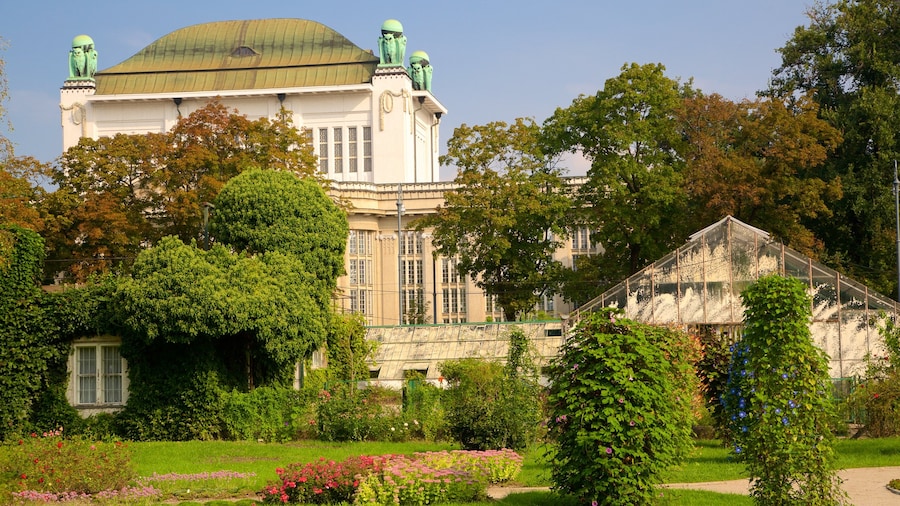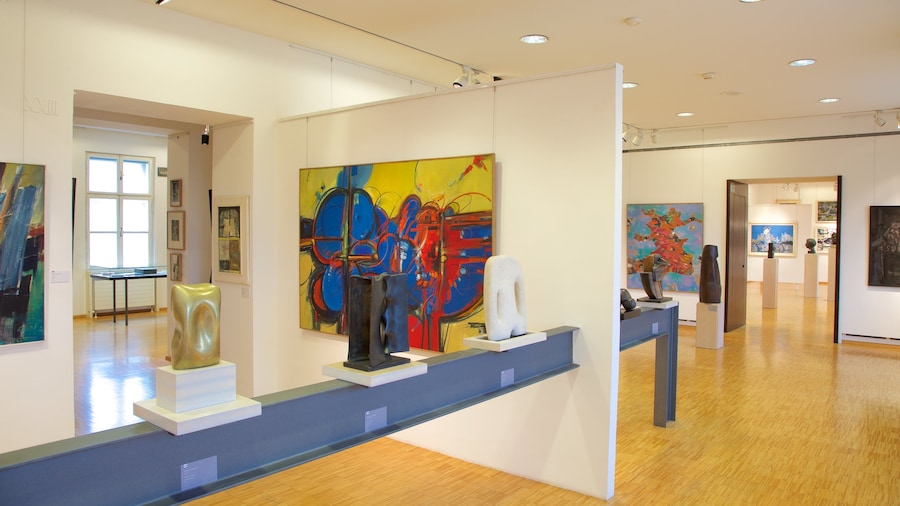Trace the culture and history of the people of Croatia through this fascinating and extensive collection of everyday objects.
The Ethnographic Museum showcases the people of Croatia through the ages. Explore its intriguing collections, which are comprised of various illuminating and compelling objects, from indigenous folk costumes and traditional farming tools to hunting weapons and musical instruments.
The museum was established in 1919. Since then, it has amassed a large collection of items. Most of its holdings are from Croatia and neighboring countries, but it also has objects from more far-flung locales including Japan, Africa and South America. A small percentage of the more than 80,000 items in the collection are on display at any one time. Browse the displays today to gain some insight into the regional and cultural diversity that exists within this small nation.
Begin with the permanent exhibits of the second floor, which are devoted to traditional costume and dress from Croatia. The collections are separated into three distinct strands, each focused on a different region of Croatia: Pannonia (inland), the coastal Adriatic regions and the mountainous Dinaric Alps. Note the differences in materials, dyes and embellishment favored by each.
Don't miss the displays on the first floor, with international artifacts from places such as Polynesia, China and America. Look for ceremonial masks from the Congo, samurai armor from Japan, textiles from India and hunting weapons from Melanesia. Most of the items shown here were collected by well-traveled Croatian sailors and explorers.
The museum’s temporary exhibitions range in scope. Previous exhibits have focused on Macedonian folk music and the story of tobacco. Check to see what is on during your visit.
The Ethnographic Museum is open Tuesday through Sunday with shorter opening hours on Friday through Sunday. It has an entrance fee. The museum is located on Trg Ivana Mažuranića. Walk or take a tram to Trg Mažuranića station to get here. Prearrange a guided tour available in English for groups and individuals.
